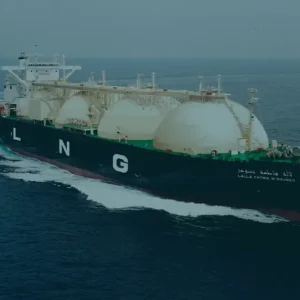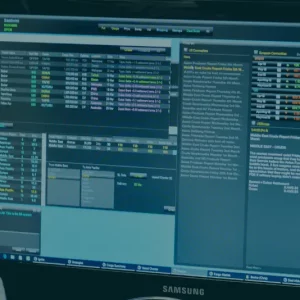
Showing 1–10 of 54 results

15 - 17 December 2025
Zoom Delivery
3 days

19 - 23 January 2026
ICE Europe, London, UK
5 days

26 - 30 January 2026
ICE Europe, London, UK
5 days

25 - 27 March 2026
Dubai
3 days

30 - 31 March 2026
Zoom delivery
2 days

14 - 17 April 2026
Dubai
4 days

11 - 15 May 2026
Cagliari, Italy
5 days

To be confirmed - To be confirmed
Dubai
3 days